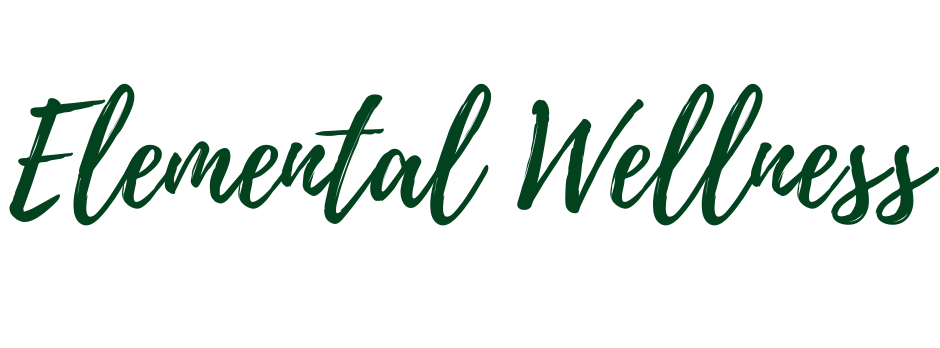Bang For Your Buck
We all know that getting regular exercise is an important part of getting and staying healthy. But it’s not always easy to commit to a routine. The business of day-to-day life often makes it hard to carve out time. Many also think that a fancy gym membership or a lot of equipment is needed to be successful. But there is an easy and effective form of exercise that can be done anywhere, by anyone, and at any fitness level. Curious? It’s called HIIT. HIIT stands for High Intensity Interval Training and has been shown, by multiple studies, to be the most effective form of exercise for lowering blood pressure.
Blood pressure is one of the most common chronic illnesses in the US and a major contributor to conditions such as heart attack, stroke, and kidney failure. When it comes to lowering blood pressure, exercise is a non-negotiable factor.
What exactly is HIIT?
HIIT is not any specific exercise, rather, it is a technique. You can apply this technique to almost any kind of exercise whether it be walking, riding a bike, swimming, bodyweight exercises, or even dancing in your living room.
** ALWAYS CHECK WITH YOUR HEALTHCARE PROVIDER BEFORE STARTING ANY FORM OF EXERCISE FOR HIGH BLOOD PRESSURE
HIIT training consists of combining very short bursts of working at your absolute max alternating with short periods of active recovery rest. Research has found that this form of exercising gives you more health benefits than any other way of exercising. In other words, you get more bang for your buck with HIIT!
One of my favorite things about HIIT is that it shortens the amount of time you need to spend on exercise and is more effective. Who wouldn’t want to work out for just 10-30 minutes and reap impressive health benefits? Burn more body fat, stimulate your metabolism long after you finish exercising, and utilize oxygen more efficiently. The built-in rest makes it far more enjoyable than grinding through an hour of constant movement. With HIIT, you can put in half the time compared to traditional cardio exercise to reach your goals.
Why HIIT?
Exercise of all sorts has a positive effect on health by burning fat and supporting weight loss, regulating blood sugar, boosting immune function, reducing stress, and improving mood. For instance, one study found that just 2 minutes of HIIT sprinting increased metabolism as much as 30 minutes of running. However, studies show a particular improvement in blood pressure in people with hypertension than any other kind of exercise routine. HIIT increases the efficiency of your heart and also naturally lowers blood pressure.
HIIT is extremely effective in reducing resting heart rate and blood pressure in overweight and obese individuals. It has been shown that HIIT exercising just 3 times per week for just 20 minutes at a time lowers blood pressure more effectively than continuous endurance training.
HIIT training is so effective because it changes something called endothelial function. The endothelium is a very thin membrane that lines the inside of your heart and your blood vessels. The cells in this membrane release a variety of substances that control how your blood vessels relax and contract. We know those stiff hard arteries play a role in high blood pressure and the ability of the artery walls to expand (vasodilate) is very important, especially when it comes to blood pressure. HIIT improves endothelial function and reduces the stiffness in your artery walls more so than any other traditional form or exercise.
Are you convinced to give HIIT a try?
A good way to start HIIT is by walking on a treadmill. Start by performing a warm-up for 5 minutes on a low setting. After your 5-minute warm-up, increase the incline enough to be challenging for 30 seconds. This is called the ‘sprint phase’. After the 30-second sprint phase, lower the incline back down and comfortably walk for 2 minutes. Repeat this pattern 5 times and then you are done! In time, you may find that you can sprint for longer periods of time and spend less time in the active recovery phase. Always listen to your body and rest as needed. If you do not allow adequate recovery time, you will not reap the benefits of the sprint phase.
Heart Recovery Tip
After doing your 30-second sprint of your chosen exercise, lower the intensity, wait 60 seconds, and check your pulse. You want your elevated pulse to come down by at least 10 beats per minute (bpm). This is your heart recovery zone. If for some reason your pulse does not come down by 10 bpm, you should stop and call it a day. For example: After you do your all-out sprint for 20 seconds your heart rate may go up to 120 bpm. After one minute of ‘active recovery’, your heart rate should come down to 110 bmp or less. That is a good heart recovery.
As mentioned earlier, this pattern can be used with any exercise. Try walking, biking, burpees, jumping rope, push-ups…the possibilities are endless.
Although all types of exercise have health benefits, HIIT shines when it comes to saving time and getting a maximum payout. Using the HIIT technique is the ultimate shortcut. That is all you need to do to take advantage of this effective form of exercise (HIIT) to lower your blood pressure. Give it try this week and see the benefits in your life!
*Adapted from the Functional Medicine University, Ronald Grisanti D.C., D.A.B.C.O., DACBN, MS, CFMP
The information on this website is not intended to replace a one-on-one relationship with a qualified healthcare professional and is not intended as medical advice. It is intended as a sharing of knowledge and information from the research and experience of the Functional Medicine community.
